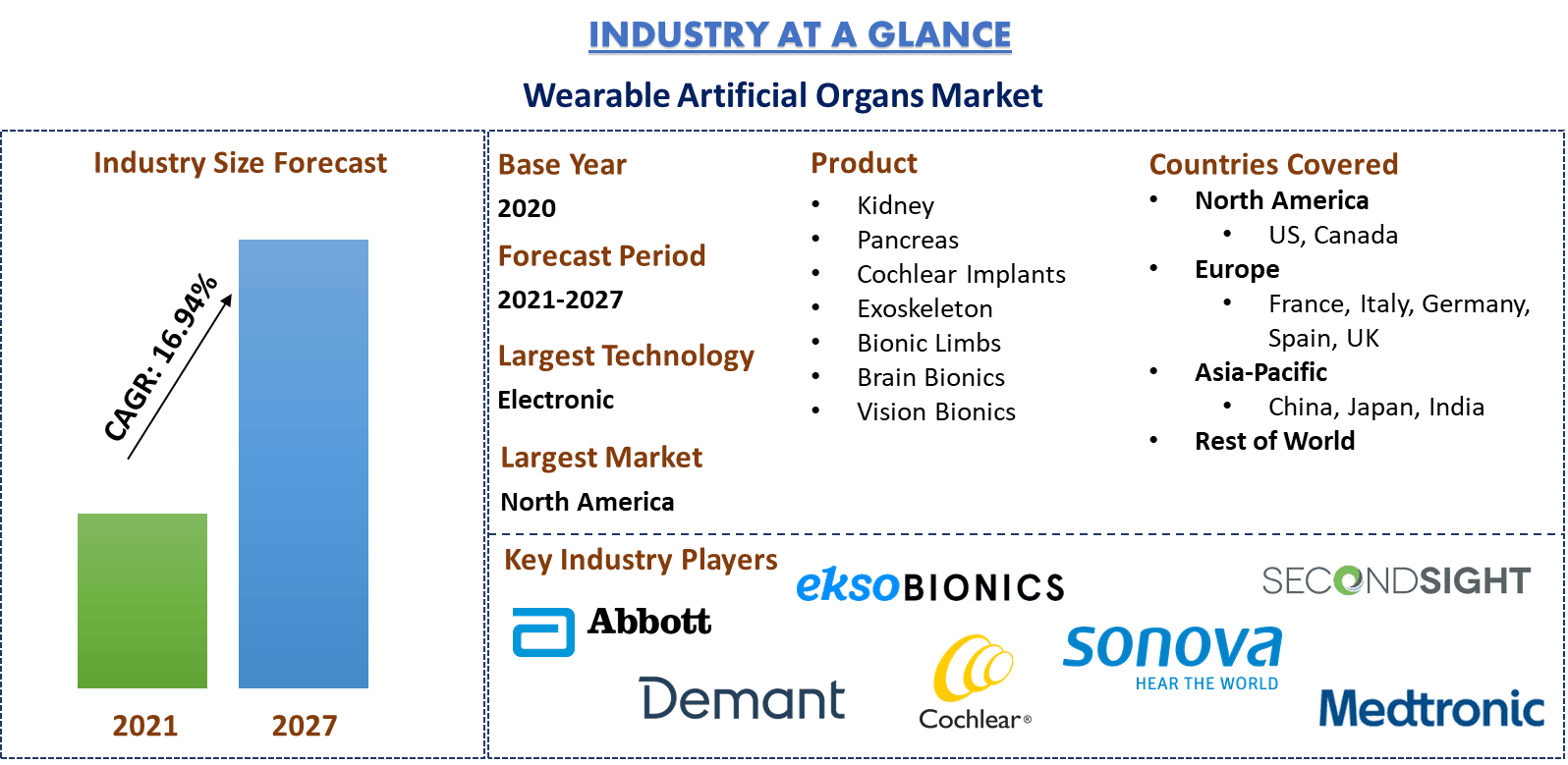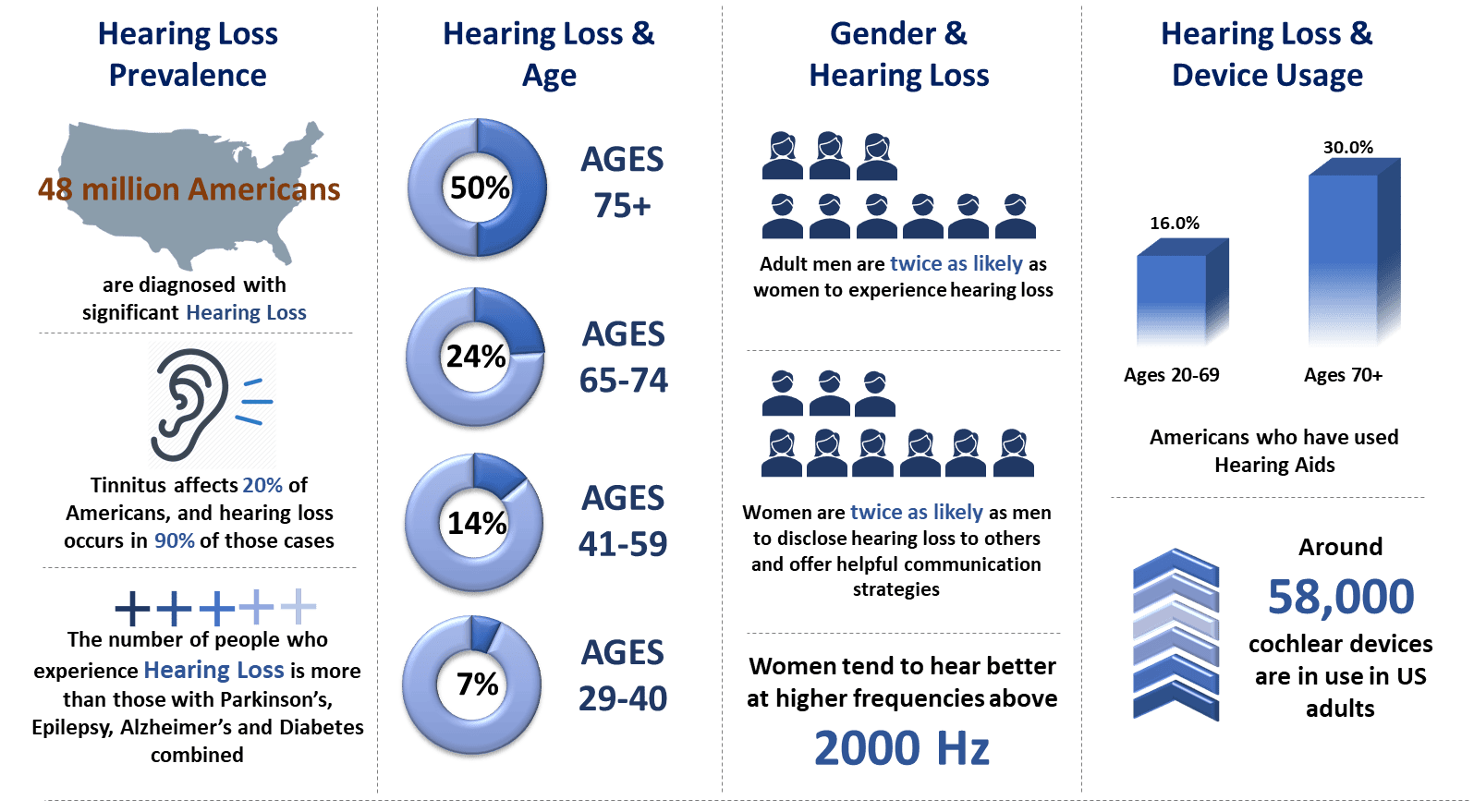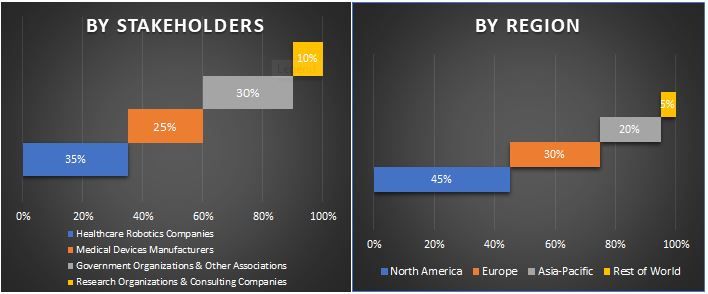- Home
- About Us
- Industry
- Services
- Reading
- Contact Us
Wearable Artificial Organs Market: Current Analysis and Forecast (2020-2027)
Emphasis on Technology (Mechanical, Electronic), Product (Kidney, Pancreas, Cochlear Implants, Exoskeleton, Bionic Limbs, Brain Bionics, and Vision Bionics), and Region/Country

Medical Bionics is a multidisciplinary field of research combining biology and electronics to develop implantable devices designed to provide long-term safe and effective sensory or motor function following damage to nerve or muscle tissue. Importantly, there are many devices currently undergoing development, fueling the expectation that this field will undergo major expansion over the next decade. These devices consist of retinal prostheses for providing visual cues for the blind; Functional Electrical Stimulation (FES) to assist paraplegics to stand and walk; DBS to treat severe depression and related psychiatric disorders; vestibular prostheses to assist patients with severe balance disorders, and recording/feedback devices such as brain-computer interfaces and peripheral nerve recording arrays to control computer-assisted devices including artificial limbs.
For many decades, the substitution or enhancement of damaged human tissue with artificial devices and systems has been a critical aspect of health care. An estimated 2 million patients worldwide are affected by kidney failure and the number of patients diagnosed with the disease continues to increase at a rate of 5-7% per year. Taiwan, Japan, Mexico, the United States, and Belgium currently have the highest prevalence of kidney failure. And while extensive data on worldwide mortality rates is lacking, a 2007 report shows that U.S. mortality risk was 15% higher than in Europe and 33% higher than in Japan on comparable treatment modalities. The best and most cost-effective treatment option for end-stage organ failure remains the donation and transplantation of organs. Organ scarcity, religion, under-represented ethnic groups, consent problems, lack of comprehension, and general ethical issues, however, present difficult obstacles to organ donation, reflecting the difficulty of graft recruitment and allocation. As they wait for a donated kidney to become available, most patients with kidney disease require dialysis. For a kidney transplant, the average time a person spends on the waiting list is 2 and a half to 3 years, but it may be shorter or longer than this.
Hearing Loss Statistics in America, 2019

Abbott Laboratories, Cochlear Ltd., Cyberdyne, Demant A/S, Ekso Bionics, MED-EL, Medtronic, ReWalk Robotics, Second Sight Medical Products, Sonova are some of the prominent players operating in the global Wearable Artificial Organs market. Several M&As along with partnerships have been undertaken by these players to facilitate customers with hi-tech and innovative products.
Insights Presented in the Report
“Amongst technology, electronic segment holds the major share”
Based on the technology type, the market is fragmented into mechanical and electronic. The electronic segment dominated the market with a share of 69.7% in 2020 and is expected to maintain its dominance during the forecast period owing to the technological advancement and rising adoption of these devices.
“Amongst product, the kidney is anticipated to grow at the highest CAGR during the analyzed period”
Further based on the product, the market is mainly bifurcated into kidney, pancreas, cochlear implants, exoskeleton, bionic limbs, brain bionics, vision bionics. In 2020, cochlear implants accounted for a maximum market revenue share of 34.7% and is expected to remain dominant during the analyzed period. However, the kidney segment is anticipated to grow at the highest CAGR over the forecast period and reach a market evaluation of US$ 6,253.5 million. In 2017, Global Burden of Disease Chronic Kidney Disease Collaboration reported in The Lancet that the prevalence of chronic kidney disease (CKD) was 9.1% across 195 countries, including 5.0% stages 1-2, 3.9% stage 3, 0.16% stage 4, 0.07% stage 5, 0.041% dialysis, and 0.011% kidney transplantation.
“North America signifies one of the largest markets of Wearable Artificial Organs Market”
For a better understanding of the market dynamics of the Wearable Artificial Organs market, a detailed analysis was conducted for different regions across the globe including North America (United States, Canada, and the Rest of North America), Europe (Germany, France, Italy, Spain, United Kingdom and Rest of Europe), Asia-Pacific (China, Japan, India, and Rest of APAC), and Rest of World has been conducted. North America dominated the market and generated revenue of US$ 2,703.1 million in 2020 owing to the increasing dialysis in ESKD patients, presence of high disposable income, and increase in funding for R&D activities associated with Wearable Artificial Organs. Nearly 750,000 patients per year in the United States and an estimated 2 million patients worldwide are affected by kidney failure.
Reasons to buy this report:
- The study includes market sizing and forecasting analysis validated by authenticated key industry experts
- The report presents a quick review of overall industry performance at one glance
- The report covers an in-depth analysis of prominent industry peers with a primary focus on key business financials, product portfolio, expansion strategies, and recent developments
- Detailed examination of drivers, restraints, key trends, and opportunities prevailing in the industry
- The study comprehensively covers the market across different segments
- Deep dive regional level analysis of the industry
Customization Options:
The Wearable Artificial Organs Market can further be customized as per the requirement or any other market segment. Besides this, UMI understands that you may have your own business needs, hence feel free to connect with us to get a report that completely suits your requirements.
Table of Content
Analyzing the historical market, estimation of the current market, and forecasting the future market of the Global Wearable Artificial Organs Market were the three major steps undertaken to create and analyze the adoption of Wearable Artificial Organs for the different diseases across major regions globally. Exhaustive secondary research was conducted to collect the historical market numbers and estimate the current market size. Secondly, to validate these insights, numerous findings and assumptions were taken into consideration. Moreover, exhaustive primary interviews were also conducted, with industry experts across the value chain of the Wearable Artificial Organs sector. Post assumption and validation of market numbers through primary interviews, we employed a top-down approach to forecast the complete market size. Thereafter, market breakdown and data triangulation methods were adopted to estimate and analyze the market size of segments and sub-segments the industry pertains to. Detailed methodology is explained below:
Analysis of Historical Market Size
Step 1: In-Depth Study of Secondary Sources:
Detailed secondary study was conducted to obtain the historical market size of the Wearable Artificial Organs through company internal sources such as annual report & financial statements, performance presentations, press releases, etc., and external sources including journals, news & articles, government publications, competitor publications, sector reports, third-party database, and other credible publications.
Step 2: Market Segmentation:
After obtaining the historical market size of the Wearable Artificial Organs market, we conducted a detailed secondary analysis to gather historical market insights and share for different segments for major regions. Major segments included in the report are technology and products. Further country-level analyses were conducted to evaluate the overall adoption of Wearable Artificial Organs in every region.
Step 3: Factor Analysis:
After acquiring the historical market size of different segments and sub-segments, we conducted a detailed factor analysis to estimate the current market size of Wearable Artificial Organs. Further, we conducted factor analysis using dependent and independent variables such as increasing frequency of organ failures and waiting time for the organ transplants. A thorough analysis was conducted for demand and supply-side scenario considering top partnerships, merger and acquisition, business expansion, and product launches in the Wearable Artificial Organs industry across the globe.
Current Market Size Estimate & Forecast
Current Market Sizing: Based on actionable insights from the above 3 steps, we arrived at the current market size, key players in the Wearable Artificial Organs market, and market shares of the segments. All the required percentage shares split, and market breakdowns were determined using the above-mentioned secondary approach and were verified through primary interviews.
Estimation & Forecasting: For market estimation and forecast, weights were assigned to different factors including drivers & trends, restraints, and opportunities available for the stakeholders. After analyzing these factors, relevant forecasting techniques i.e. top-down approach was applied to arrive at the market forecast about 2027 for different segments and subsegments across the major markets globally. The research methodology adopted to estimate the market size encompasses:
- The industry’s market size, in terms of value (US$) and the adoption rate of Wearable Artificial Organs across the major markets domestically
- All percentage shares, splits, and breakdowns of market segments and sub-segments
- Key players in the Wearable Artificial Organs market in terms of services offered. Also, the growth strategies adopted by these players to compete in the fast-growing market
Market Size and Share Validation
Primary Research: In-depth interviews were conducted with the Key Opinion Leaders (KOLs) including Top Level Executives (CXO/VPs, Sales Head, Marketing Head, Operational Head, and Regional Head, Country Head, etc.) across major regions. Primary research findings were then summarized, and statistical analysis was performed to prove the stated hypothesis. Inputs from primary research were consolidated with secondary findings, hence turning information into actionable insights.
Split of Primary Participants in Different Regions
Market Engineering
Data triangulation technique was employed to complete the overall market estimation and to arrive at precise statistical numbers of each segment and sub-segment of the Wearable Artificial Organs market. Data was split into several segments & sub-segments post studying various parameters and trends in the areas of technology and products of the Wearable Artificial Organs market.
Main Objective of the Wearable Artificial Organs Market Study
The current & future market trends of Wearable Artificial Organs were pinpointed in the study. Investors can gain strategic insights to base their discretion for investments from the qualitative and quantitative analysis performed in the study. Current and future market trends were determined the overall attractiveness of the market at a regional level, providing a platform for the industrial participant to exploit the untapped market to benefit as a first-mover advantage. Other quantitative goals of the studies include:
- Analyze the current and forecast market size of Wearable Artificial Organs in terms of value (US$). Also, analyze the current and forecast market size of different segments and sub-segments
- Segments in the study include areas of technology and products
- Define and analysis of the regulatory framework for the Wearable Artificial Organs industry
- Analyze the value chain involved with the presence of various intermediaries, along with analyzing customer and competitor behaviors of the industry
- Analyze the current and forecast market size of the Wearable Artificial Organs market for the major region
- Major regions studied in the report include North America (the United States and Canada), Europe (Germany, France, Italy, Spain, and United Kingdom), Asia-Pacific (China, Japan, and India), and Rest of the World
- Company profiles of the Wearable Artificial Organs market and the growth strategies adopted by the market players to sustain in the fast-growing market
- Deep dive regional level analysis of the industry
Related Reports
Customers who bought this item also bought











